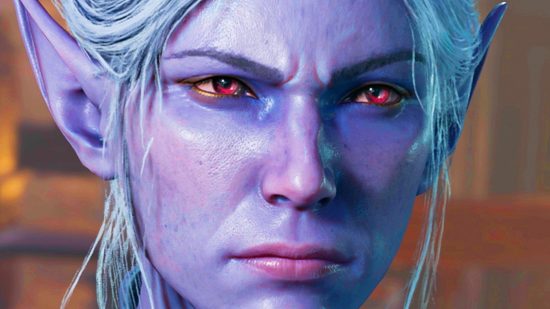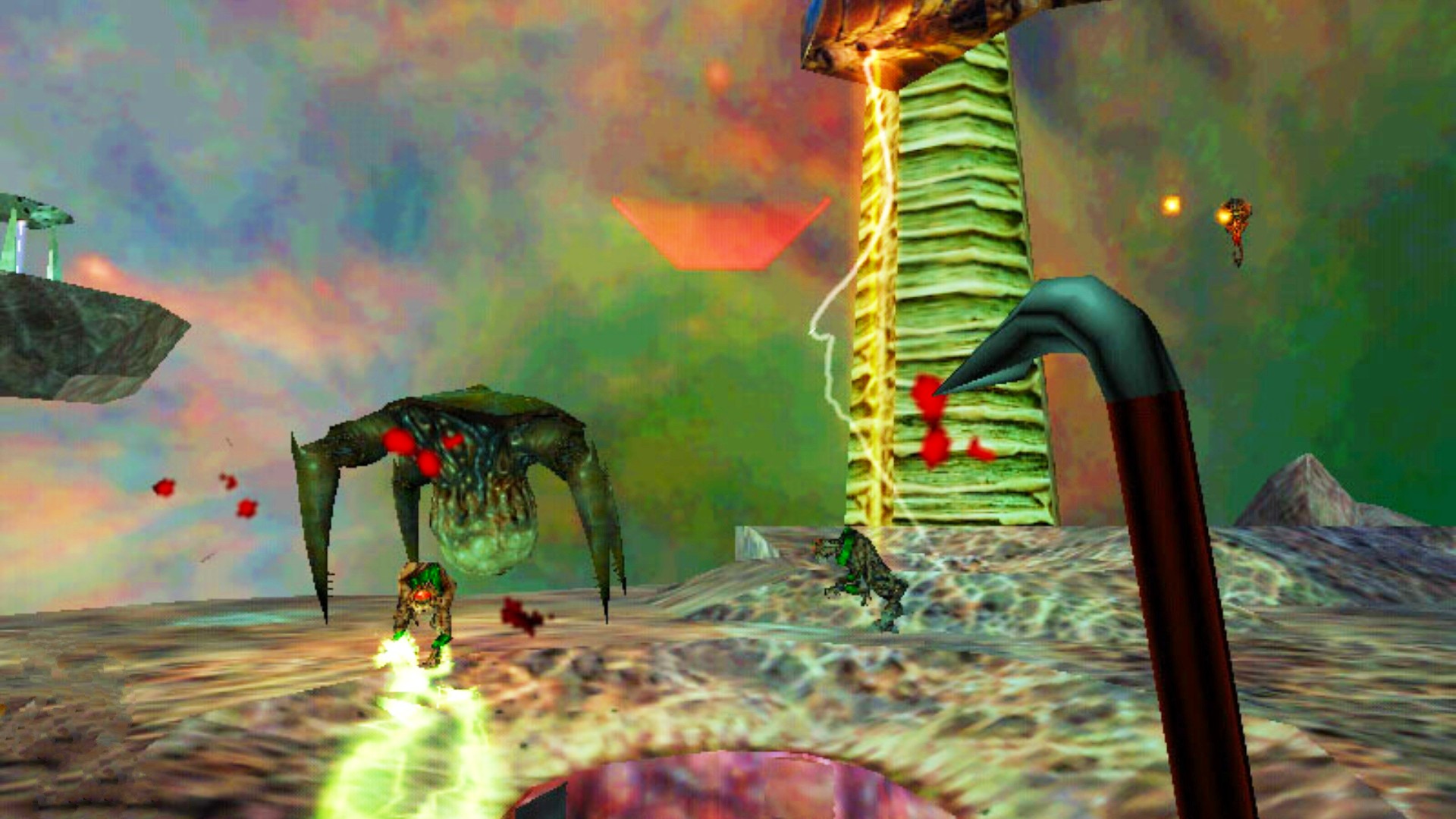It was inevitable that videogames would reach this point, whereby technology allows for the creation of what we’d commonly call ‘photorealism.’ Hardware gets better. Tools get better. Naturally, any and every game-maker wants to experiment with the outer reaches of fidelity. The problem is not a decline in imagination or originality, or an absence of talent among artists, designers, and videogame directors. In 2023, between the biggest mainstream games – Starfield, Baldur’s Gate 3, Dead Space, Diablo 4, Modern Warfare 3, and others – what we’re living through is a fateful homogenization of aesthetics that was bound to result from advancements in engines and raw computing power.
At one time, technological limitations forced but also encouraged more tacitly a distinctive videogame style – today, you can look at images from Doom, Half-Life, Deus Ex, or even earlier hits like XCOM and SimCity, and identify them as distinctively videogamic. In the proliferation of high-end game-making instruments (a realistic modern city map costs $175 from the Unreal Engine 5 assets catalog) and the nexus of veracity, videogames have lost their visual uniqueness. Instead – even in ostensibly the most expansive and imaginative RPGs, like Starfield – we have a lot of bland, similar ‘realism.’
It’s a question of what we – so much as the infinitely varied opinions of gaming culture can be collateralized into a unified ‘we’ – consider ‘better.’ Is it ‘better’ for games to look more and more like real life? Or is it ‘better’ to cultivate a distinctive, of-the-medium aesthetic, with reduced or no regard for verisimilitude? Of course, it’s never going to be entirely one or the other. Some game-makers will pursue realism, some will pursue abstraction, and examples of success from both of these extremely broad churches will be able to influence the wider scene.
It’s also undeniable that particular games, after they attain a certain success and credibility, can herald and dictate a whole aesthetic era. Think of the grey-brown shooters that predominated after Gears of War. Recall the post-Fallout 3 ‘piss filter’ renaissance.
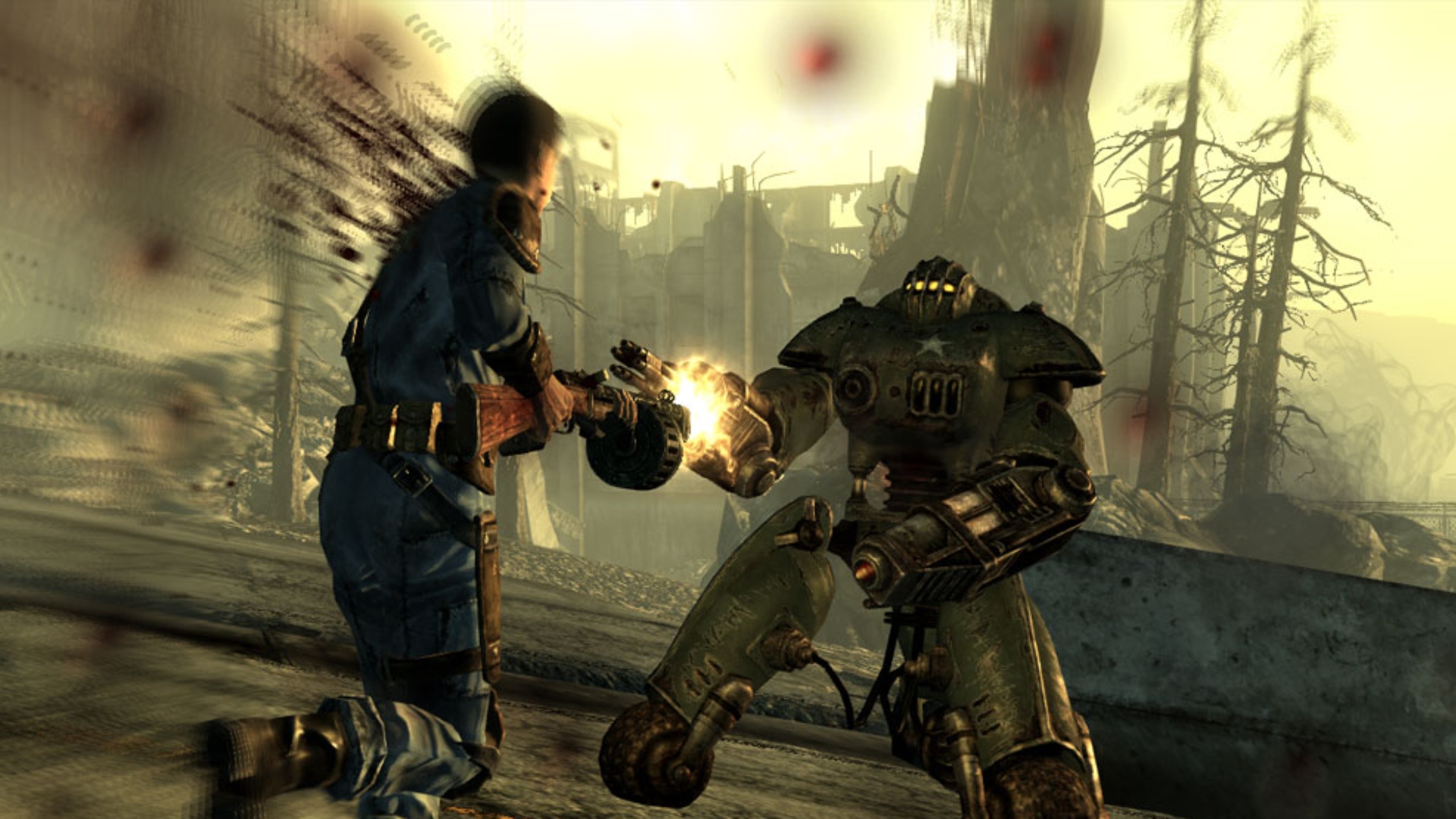
Between The Last of Us, God of War, and Grand Theft Auto, we are experiencing an epoch wherein verity and ‘authenticity’ of a type command videogame visual design – even science-fiction and fantasy games, and the most fantastical elements therein, are rendered via a level of technical excellency that makes even the supremely fictitious look real. So the question, again, is whether more real equals more better.
And here, quite frankly, I find myself stranded, because I would like more realistic games, that attend more real-world issues, in ways that feel more familiar and relevant to me, a real person, and by that metric or subjective compact, more realism in videogame aesthetics feels preferable. On the contrary, throughout 2023 I’ve found myself increasingly despondent at the condition of mainstream videogames.
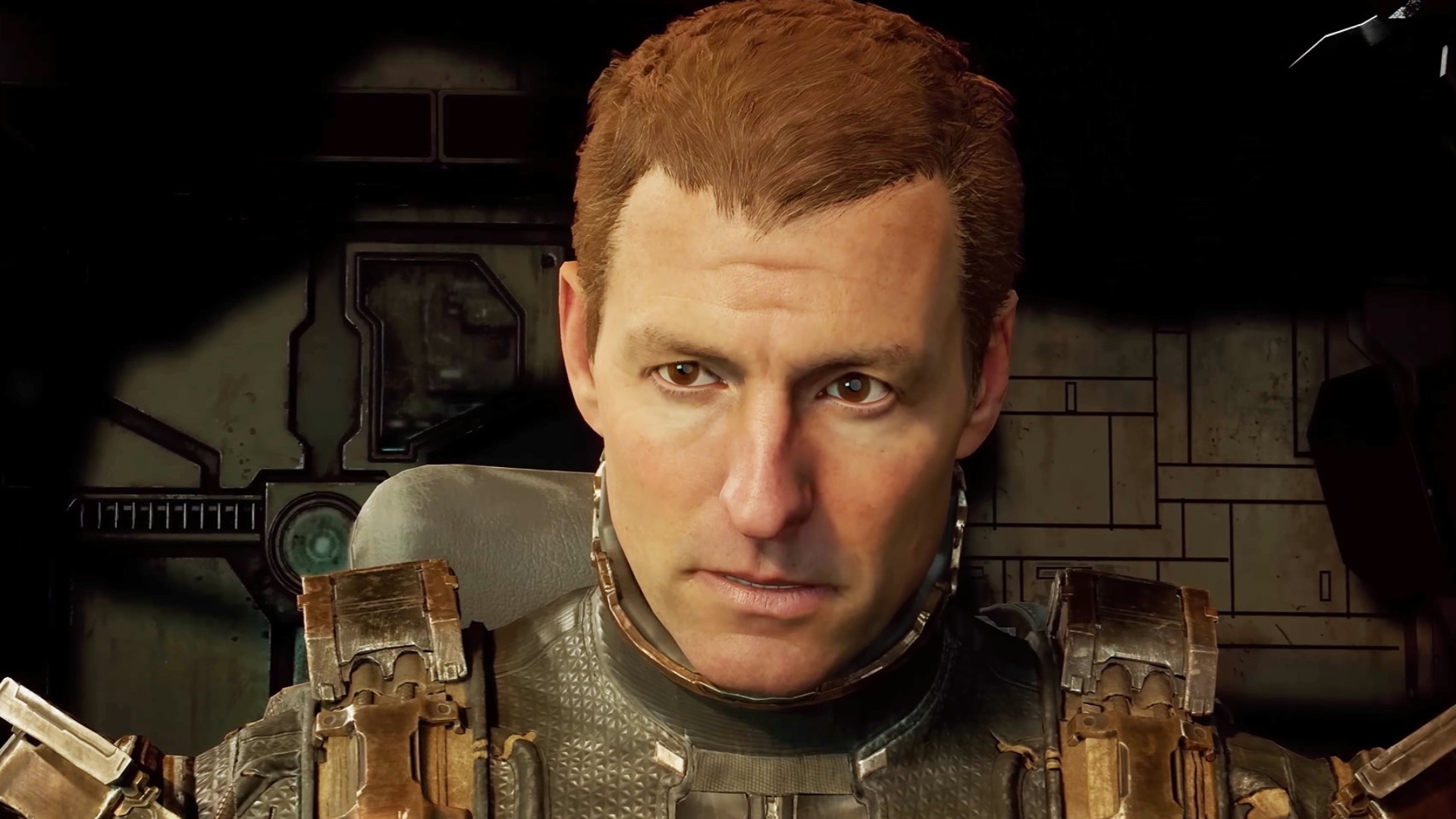
Mainstream videogames have become increasingly bland and neutral, so indistinguishable from both one another and the films and television they so rhythmically mimic, that I’m desperate for something, anything, that represents idiosyncrasy or individuality. I want more games that look different from other games. I want more games that feel distinctive, conceived immaculately from the ever-rising ocean of popular culture. And I’m also aware that these desires are not mutually exclusive – I think of a game like Hotline Miami, which betokens a stark and uncompromising interpretation of reality, or at least reality of a certain level, but also a highly videogamic visual design.

There also remains the problem – a problem that has become more greatly apparent in 2023 – of mainstream games feeding on the same genres and tropes. Photorealism is one thing, but when the overwhelming majority of triple-A releases remain a) fantasy b) sci-fi c) war, it becomes difficult to envision a culture with more varied and vibrant aesthetics. I’ve been avoiding it this whole article, because it’s cliched and it’s reductive and it’s bitter, but, hell, it feels like every big game is the same game – long, open-world, player-driven, and, with regards to subject matter and theme at least, always footed in some kind of simple fiction. By 2030, everything’s going to look like Fortnite.
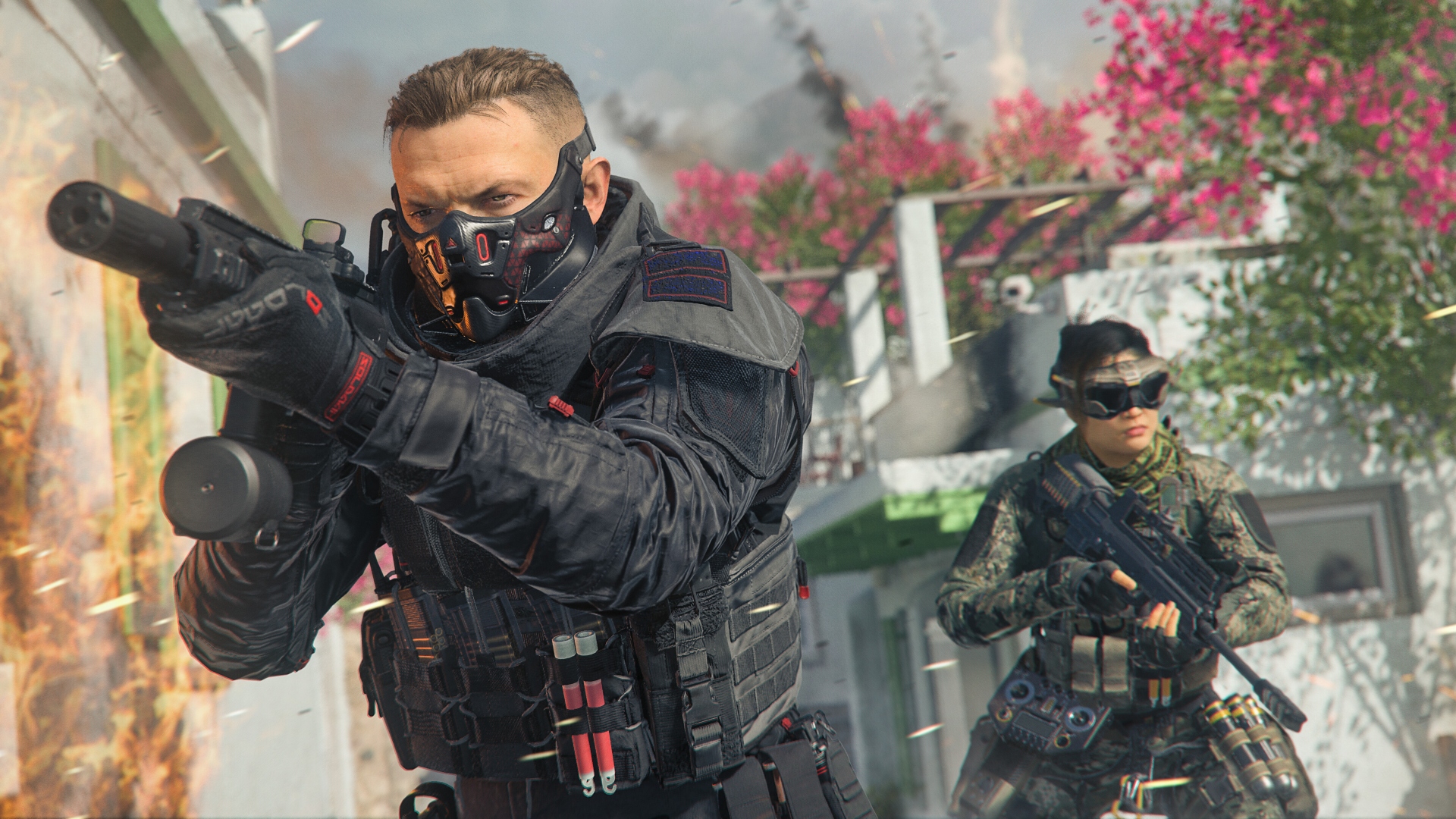
And this is the root, this is the handle. We’re getting more convincing simulacrums of people, faces, and nature, but only to make fantasy and a divorce from reality more convincing and encapsulating. It’s ‘realism,’ but realism that serves escapism. I hoped that the surge towards believable recreations of the physical world, human beings, and the intricacies of emoting would result in game-makers becoming narratively and dramatically more engaged with real life and our various emotional and spiritual afflictions, but the opposite is happening. Empty escapism is becoming, in a literal, visual sense, harder to distinguish from reality. The black hole of mainstream gaming, absent of conviction, substantive meaning, and relevance to our actual lives is now in 4K.
